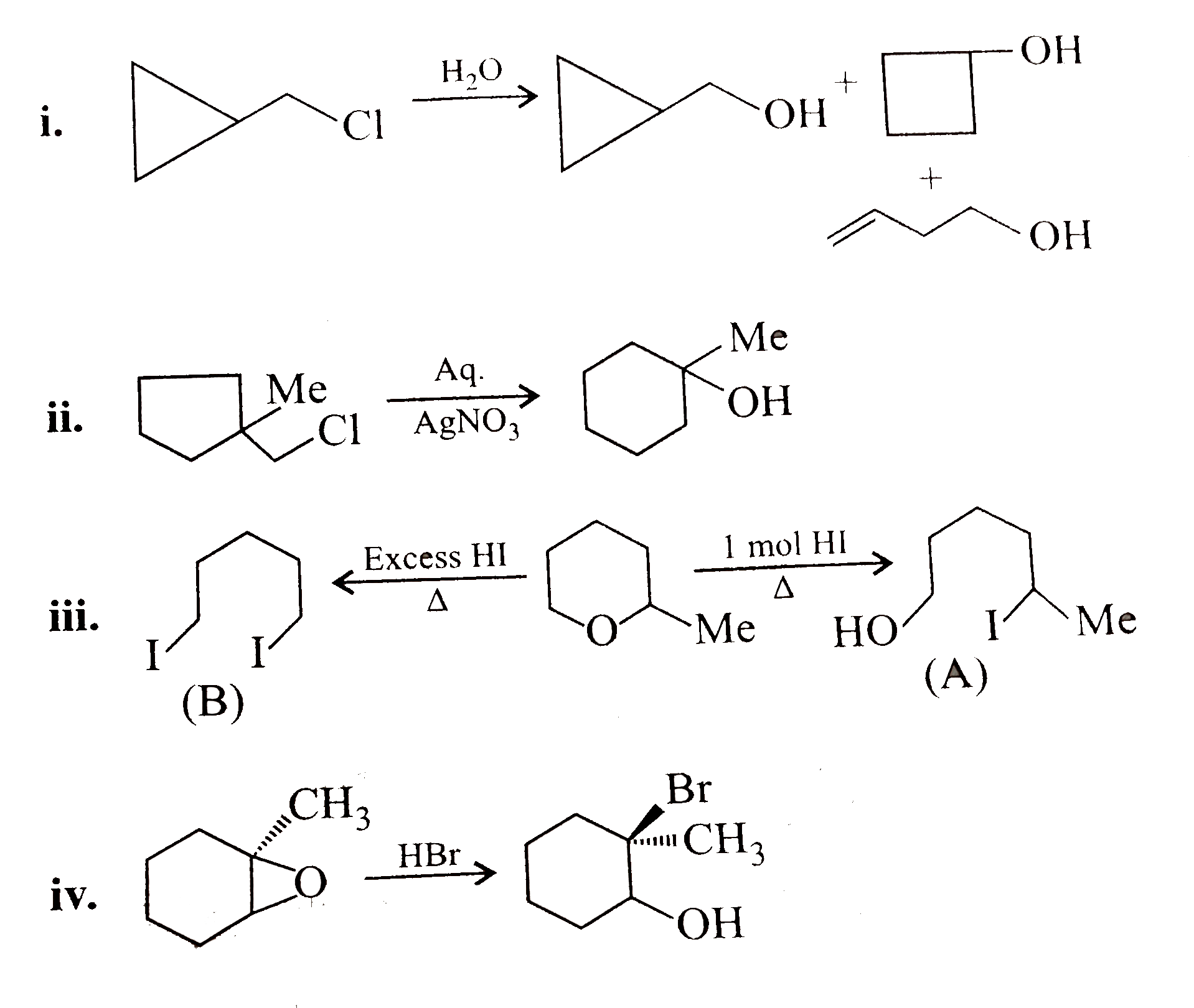Give a suitable example of multinucleate condition (syncytium) in which karyokinesis is not followed by cytokinesis?
The correct Answer is:Liquid endosperm in coconut
Step-by-Step Solution:
1. Understanding Multinucleate Condition:
- A multinucleate condition, also known as syncytium, occurs when multiple nuclei share a common cytoplasm without the division of the cytoplasm (cytokinesis) following nuclear division (karyokinesis).
2. Identifying an Example:
- One well-known example of a syncytium where karyokinesis is not followed by cytokinesis is the liquid endosperm found in coconut fruit.
3. Process of Formation:
- During the early development of the coconut's endosperm, the nuclei undergo repeated divisions (karyokinesis). However, before the cytoplasm divides (cytokinesis), these nuclei continue to divide.
4. Resulting Structure:
- This repeated nuclear division without subsequent cytoplasmic division leads to the formation of a multinucleate structure known as liquid endosperm, which is typically milky white in color.
5. Function of Liquid Endosperm:
- The primary function of the liquid endosperm is to provide nourishment to the developing embryo of the coconut fruit, ensuring that it has the necessary nutrients for growth.
Final Answer:
A suitable example of a multinucleate condition (syncytium) in which karyokinesis is not followed by cytokinesis is the liquid endosperm in coconut fruit.
---
- A multinucleate condition, also known as syncytium, occurs when multiple nuclei share a common cytoplasm without the division of the cytoplasm (cytokinesis) following nuclear division (karyokinesis).
- One well-known example of a syncytium where karyokinesis is not followed by cytokinesis is the liquid endosperm found in coconut fruit.
- During the early development of the coconut's endosperm, the nuclei undergo repeated divisions (karyokinesis). However, before the cytoplasm divides (cytokinesis), these nuclei continue to divide.
- This repeated nuclear division without subsequent cytoplasmic division leads to the formation of a multinucleate structure known as liquid endosperm, which is typically milky white in color.
- The primary function of the liquid endosperm is to provide nourishment to the developing embryo of the coconut fruit, ensuring that it has the necessary nutrients for growth.
A suitable example of a multinucleate condition (syncytium) in which karyokinesis is not followed by cytokinesis is the liquid endosperm in coconut fruit.
Topper's Solved these Questions
- CELL BIOLOGY (CELL STRUCTURE, FUNCTION & CELL DIVISION)BOOK - ALLENCHAPTER - CELL BIOLOGY (CELL STRUCTURE, FUNCTION & CELL DIVISION)EXERCISE - EXERCISE-IV (Directions for Assertion & Reason questions)
19 Videos
- CHEMICAL CO-ORDINATION AND INTEGRATION (ENDOCRINE SYSTEM)BOOK - ALLENCHAPTER - CHEMICAL CO-ORDINATION AND INTEGRATION (ENDOCRINE SYSTEM)EXERCISE - S
27 Videos
Similar Questions
Give a suitable example for commensalism.
View SolutionIt karyokinesis is not followed by cytokinesis, then gives rise to
View SolutionMatch column I with column II and select the correct option from the given codes.
Column IColumn IIDivision of nucleus(i)InterphaseDivision of cytoplasm(ii)CytokinesisDNA replication(iii)SyncytiumKaryokinesis not followed by cytokinesis(iv)Karyokinesis
View SolutionWhich muscles having functionally multinucleated conditions ?
View SolutionGive a suitable mechanism for the following :
 .
.
View SolutionGive Examples of the following:
Clemmenson reduction
View SolutionGive examples of following reactions Thermal Dissociation
View SolutionGive an example of amphibian which is limbless
View SolutionGive examples of following reactions Reversible reaction
View SolutionGive one example of each of the following:
A basic oxide which is insoluble in water.
View Solution
